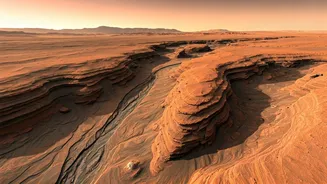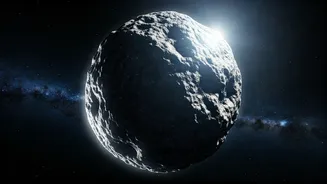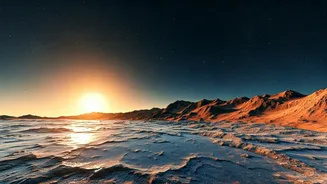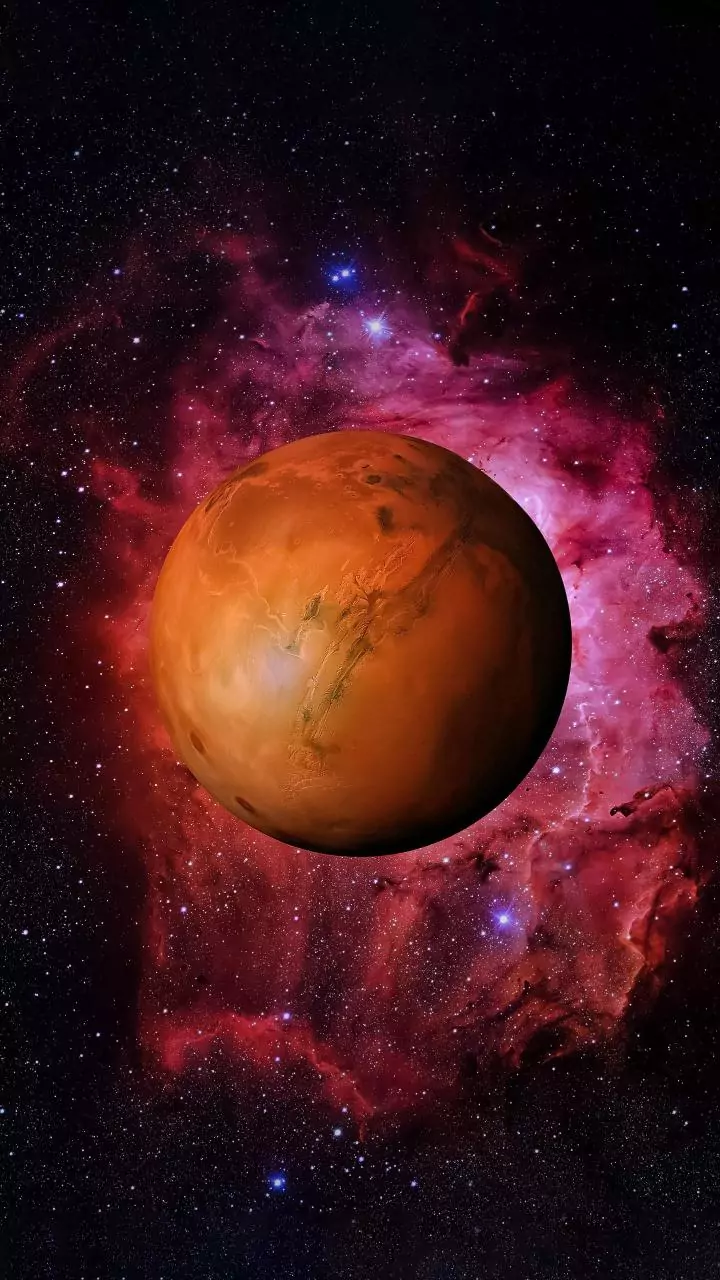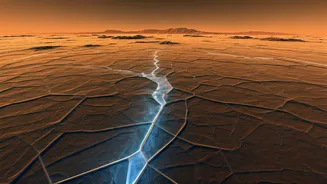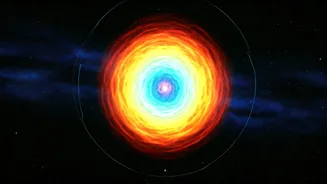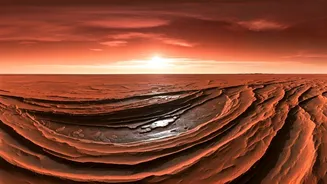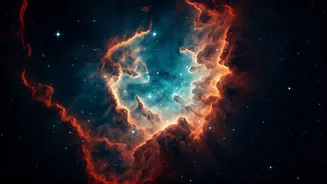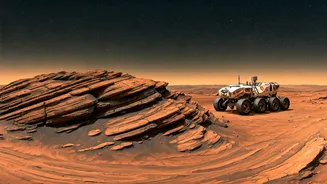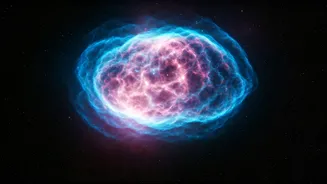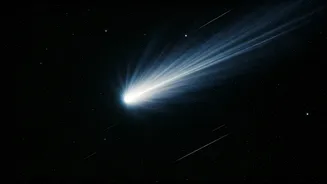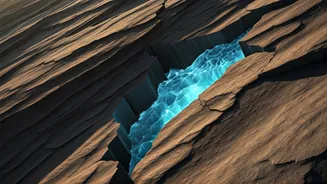Mars' Allure Explained
The captivating nature of Mars has long been acknowledged, fueling a constant curiosity among scientists and enthusiasts. Its ruddy appearance and celestial
movements set it apart, making it stand out in the night sky. The idea of other worlds, especially one potentially similar to Earth, is a powerful draw for human exploration. Mars' allure has pushed us to send rovers and orbiters, taking a closer look at its surface and atmosphere. The quest to understand its geologic history and the prospect of past or present life has shaped our perspective. Our deep dive into the subject takes us to the intricate Martian topography, examining its varied geological features.
Sculpting the Martian Surface
The landscape of Mars, which looks a lot like Earth, offers a glimpse into how the forces of nature have shaped its terrain. From expansive plains to soaring mountains, Mars' surface carries the marks of geological processes over billions of years. Evidence suggests that water played a critical role in sculpting many of its landforms. The discovery of gullies, resembling those created by flowing water on Earth, has been particularly intriguing. Scientists have also focused on investigating the role of wind erosion, the impact of meteorites, and the movement of lava to explain the creation of other features. Understanding these processes is key to fully interpreting the planet’s geological story, which is why scientists continue to study rocks and soil.
Gullies: A Martian Mystery
One of the most exciting discoveries on Mars has been the presence of gullies, as these show some striking resemblance to Earth's riverbeds. These geological formations are characterized by channels, alcoves, and aprons, which initially pointed to water erosion. The Martian gullies' distribution and appearance have led to debate among scientists. Some have argued that they are evidence of subsurface water that once broke through to the surface and carved the landscape. Others have suggested that there were other processes, like carbon dioxide frost and ice, which could have been responsible for shaping the gullies. Resolving this mystery could reveal crucial details about the planet’s past climate and its potential for life.
Sublimation: Dune Sculptor
Sublimation, the transition of a substance directly from the solid to the gaseous phase without passing through a liquid phase, is a fundamental process in the Martian environment. This plays a significant role in shaping the planet's surface, particularly when considering its dunes. On Mars, this explosive force, linked to the conversion of ice to gas, shapes and alters the surface of the dunes. This process can cause the formation of unique features, such as those that involve the movement of sand grains and the creation of layered structures. Understanding the effects of sublimation helps scientists to better understand the Martian climate and also explains how the surface evolves over time. The study of this process is therefore vital for gaining deeper insights into the planet’s geological and environmental features.
Simulating Martian Terrain
Scientists and researchers have come up with methods to study the Martian environment here on Earth. One way to do this is by recreating the conditions in controlled laboratory settings, which can provide invaluable information on how various processes influence the Martian landscape. The experiments can reproduce the atmospheric pressure, temperature, and composition of the Martian environment. These simulations have helped to better understand the formation of gullies, the effects of sublimation, and the potential for the preservation of any evidence of life that might once have existed on the planet. By recreating these scenarios, researchers gain useful insights into what happened on Mars.
